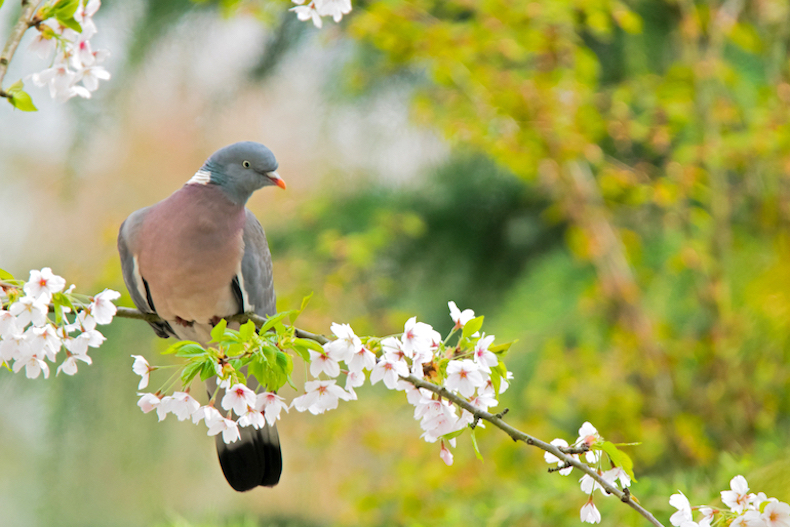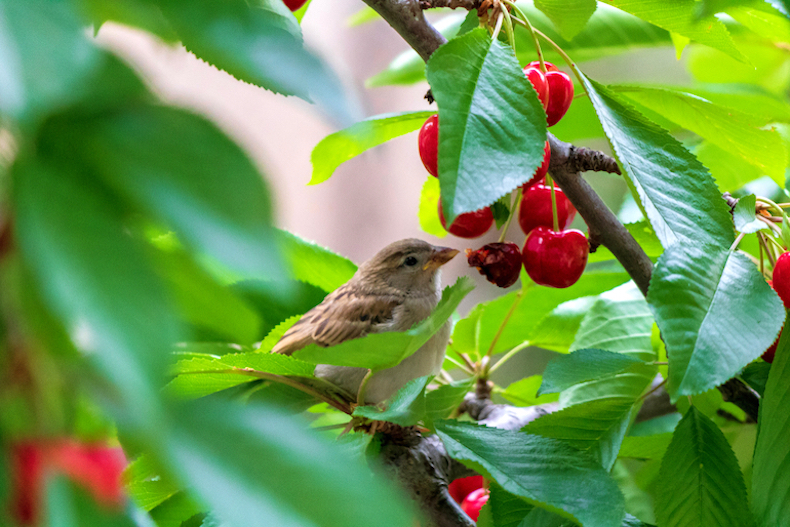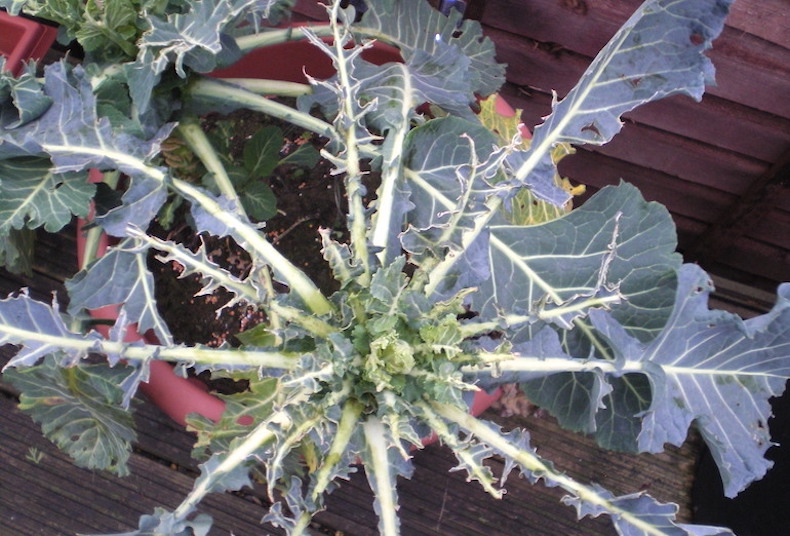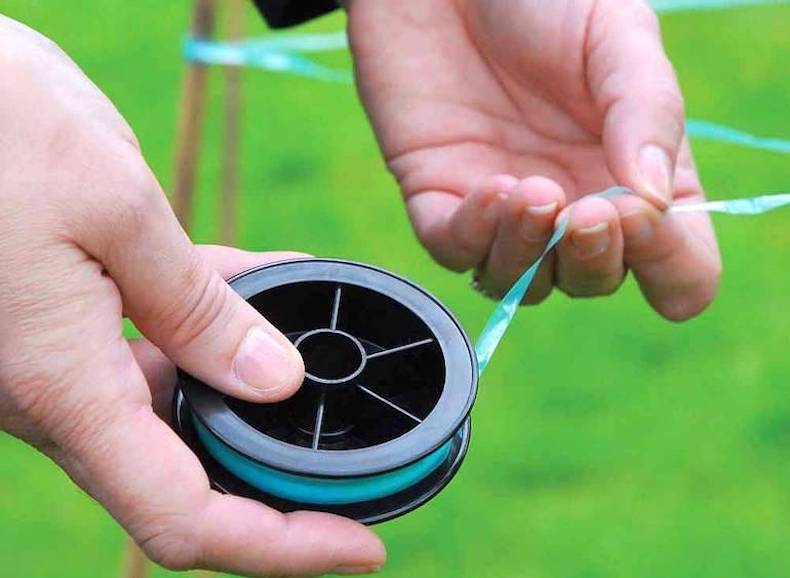Garden pests - Birds

Hungry birds can be a problem in the garden or allotment
Image: Pascale Gueret/Shutterstock
Birds are usually thought of as a gardener’s best friend, naturally predating on pests like caterpillars, aphids and slugs. But hungry birds can also ravage crops and destroy lawns. Here’s what to do when our feathered friends are making a nuisance of themselves.
Which birds are garden pests?

Your local garden birds will feast on ripening fruits
Image: PJ photography/Shutterstock
Any bird becomes a garden pest when it damages and/or eats our crops. Blackbirds, starlings and thrushes will feed on ripening fruits. Jays will eat peas and beans. But of all the birds visiting our gardens and allotments, wood pigeons and collared doves cause the most damage to edible crops.
Tits and sparrows can cause damage to flowers. Tits looking for sweet nectar will peck rhododendrons, camellias and sweet peas, while sparrows will shred the blooms of crocus, violets and other spring flowers.
Seed-eaters, like sparrows, will raid newly sown lawns causing a lot of damage. And larger birds - magpies, blackbirds, crows and starlings, for instance - will dig around in lawns looking for soil-dwelling insects, like leatherjackets or chafer grubs, leaving holes and divots.
How to recognise bird damage

Pigeons damage brassicas by removing leaves
Image: Penny Golightly
Birds can damage crops, flowers and lawns:
1: Damage to crops
Many birds species will peck at and eat fruits, and can completely strip smaller fruits and berries like plums, cherries and currants. Pigeons will remove leaves and buds from edible crops like brassicas, peas and beans.
If your crops are quickly decimated with no visible culprit - it’s likely to be a wood-pigeon attack. Pigeons feed in flocks and tend to come in the early morning when they’re unlikely to be disturbed. They feed all year round but the tender crops of late spring and early summer are particularly vulnerable.
2: Damage to flowers
If your flowers have been pecked or shredded, it’s possible that tits or sparrows are the culprits.
3: Damage to lawns
A newly sown lawn that’s been stripped of grass seed, has fallen prey to seed-eating birds like sparrows.
If your established lawn has round holes pecked in places, you’re likely to have a leatherjacket or chafer grub infestation. These insects are the favourite foods of larger birds like blackbirds, magpies, crows, rooks and starlings, which have pecked holes in your turf while digging them up.
How can I control bird damage in my garden?

For urban gardens, invest in a birds scare humming line
Image: Bird Scare Humming Line from Thompson & Morgan
There are several ways to limit the damage done by birds in your garden:
- Net crops - exclude birds from fruit trees and berries by installing netting a couple of weeks before your fruit is ripe. Don’t leave any gaps in the netting and check it a couple of times a day in case you’ve trapped any birds inside.
- Cage crops - chicken wire is a more costly solution than netting but it will last longer and there’s no risk of tangling birds.
- Scare birds - install a bird scarer to reflect sunlight around your garden or improvise your own by hanging old CDs on wires and from trees. Or if you live in a more rural location and have the space, a double pack of scarecrows would do the job!
- Use a noisemaker - if you live in a rural location you could try a loud bird scarer, but these aren’t suitable for urban and suburban gardens. You could also try a bird scare humming line - a tape tied between two posts that makes a noise in the breeze, which deters birds.
- Grow clover between your brassicas - wood pigeons and collared doves love clover, so growing this plant between winter brassicas can protect your crops.
- Reduce leatherjacket populations - larger birds will make unsightly holes in turf while hunting for leatherjackets. Keep your population down to reduce this damage. See our leatherjacket guide for ideas of how to do this.
- Net newly seeded lawns - cover your newly seeded lawn with netting until it is well established to prevent seed-eaters from pecking it bare.
Looking to find out how to grow delicious berries? Find all you need at our raspberry hub page, with unusual variety recommendations and step-by-step growing guides.
Other pages you might like
See all pests & diseases guides
Individual guides
Pests
Sign Up For Exclusive Special Offers




© 2025 Thompson & Morgan. All rights reserved. A division of Branded Garden Products Limited.
Sign up for exclusive offers!



